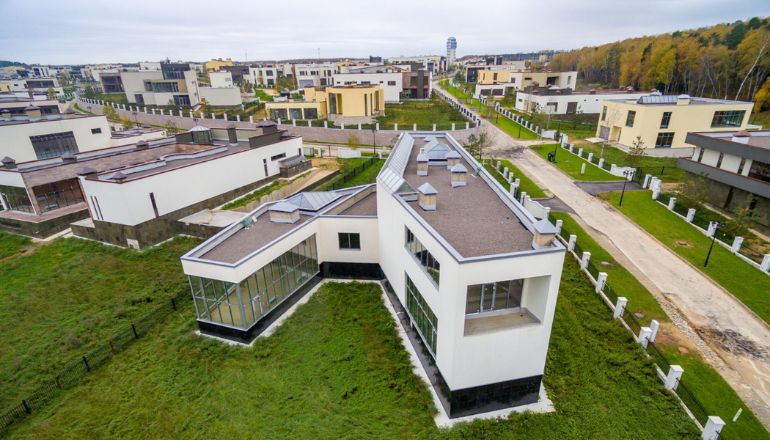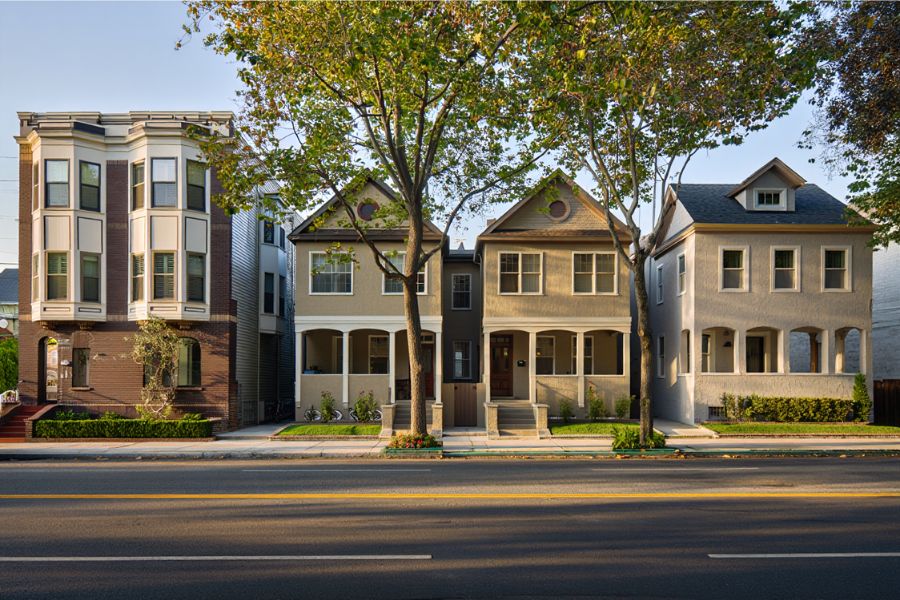Understanding Missing Middle Housing

As housing affordability becomes a growing concern in cities worldwide, a solution is gaining attention: missing middle housing. This overlooked category of homes bridges the gap between sprawling single-family houses and towering apartment complexes, offering practical, community-friendly options that many urban residents need. Understanding missing middle housing is key to unlocking more inclusive, affordable neighborhoods. Let’s explore what it is and why it matters now more than ever.
What Is Missing Middle Housing and Why It Matters
“Missing middle housing” refers to a range of multi-unit housing types such as duplexes, triplexes, townhomes, and courtyard apartments that fall between single-family homes and large apartment buildings. These housing options are typically lower in scale, more affordable, and integrated within walkable neighborhoods. The term “missing” highlights the fact that many cities haven’t built much of this type of housing in recent decades, despite growing demand. Understanding and reintroducing this housing category is key to addressing affordability issues and offering more diverse living options in urban areas.
Housing Types That Fall in the Middle
Missing middle housing includes a variety of forms that blend well into low-rise neighborhoods while providing more density than single-family homes. Common types include:
- Duplexes and triplexes: Two or three separate units within a single building, often with private entrances.
- Townhomes: Attached homes in rows, each with its own entrance and sometimes a small yard.
- Fourplexes and sixplexes: Small apartment-style buildings with a limited number of units, ideal for infill development.
- Courtyard apartments: Low-rise buildings arranged around shared green spaces, promoting community interaction.
- Bungalow courts: Clusters of small, detached homes organized around a communal area.
These forms offer a gentle transition between single-family neighborhoods and large developments, meeting the needs of diverse household types.
Why This Segment Has Been Overlooked
Several factors have contributed to the disappearance of missing middle housing from modern urban planning. Zoning regulations in many cities restrict higher-density housing in residential areas, effectively banning duplexes or triplexes in favor of single-family homes. In addition, financial incentives often favor large-scale developments, making small-to-mid-size projects less attractive to developers. Cultural preferences and misconceptions about density have also played a role, with some communities opposing these forms due to fears of overcrowding or reduced property values. As a result, this vital housing segment has been neglected, despite its potential to improve affordability, sustainability, and neighborhood diversity.
Examples of Missing Middle Housing in Urban Areas
Many cities around the world are starting to recognize the value of missing middle housing and are incorporating these types into their urban landscapes. These housing options provide more diversity and affordability while maintaining the character of established neighborhoods. Below are common examples found in urban settings.
Duplexes, Triplexes, and Fourplexes
These multi-unit buildings offer moderate density without the scale of large apartment complexes. A duplex typically contains two units side by side or stacked vertically, while triplexes and fourplexes have three or four units, respectively. They often resemble traditional homes, which helps them blend into neighborhoods without drastically changing the streetscape. This type of housing is ideal for small families, roommates, or rental income, providing flexible living arrangements while maximizing land use efficiency.
Courtyard Apartments and Townhomes
Courtyard apartments are low-rise buildings arranged around shared outdoor spaces, fostering community interaction and providing residents with private, green areas. These developments combine the benefits of apartment living with a more intimate, neighborly feel. Townhomes are attached units lined up in rows, each with its own entrance and sometimes private outdoor space. Townhomes offer a balance between the privacy of single-family homes and the density of apartments, making them popular choices in many urban neighborhoods seeking missing middle options.
How Missing Middle Housing Addresses the Affordability Crisis
Missing middle housing plays a crucial role in tackling the growing housing affordability crisis many cities face today. By offering more moderately dense housing options, it increases the overall supply without relying on high-rise developments, making homeownership and renting more accessible for a wider range of people. This approach helps create vibrant, inclusive communities that balance growth with neighborhood character.
Increasing Supply Without Skyscrapers
One of the main advantages of this method is that it allows cities to add housing units without the need for towering skyscrapers or sprawling subdivisions. Smaller-scale buildings like duplexes, triplexes, and courtyard apartments fit seamlessly into existing neighborhoods, providing more homes per block while preserving a human-scale environment. This strategy helps ease housing shortages and reduces upward pressure on prices, making urban living more attainable.
Encouraging Diverse Neighborhoods
Missing middle housing also promotes social and economic diversity by offering a variety of housing types suitable for different household sizes and income levels. These housing options attract young professionals, small families, seniors, and renters, creating balanced neighborhoods with varied demographics. By integrating missing middle homes, communities become more resilient and dynamic, fostering inclusivity without sacrificing the neighborhood’s unique character.
Zoning and Policy Challenges
Despite its many benefits, missing middle housing faces significant hurdles due to existing zoning laws and policies. Many municipalities have regulations that limit or outright prohibit these types of developments, creating barriers for developers and slowing progress toward more affordable, diverse housing options. Understanding these challenges is essential for advocates and investors aiming to promote change.
Barriers to Development
Zoning codes in many cities have long favored single-family homes, restricting higher-density housing in residential neighborhoods. These regulations often include minimum lot sizes, setback requirements, and bans on duplexes, triplexes, or fourplexes. Additionally, complex approval processes, parking requirements, and community opposition can further impede missing middle projects. These barriers increase costs and uncertainty, discouraging developers from pursuing smaller-scale, affordable housing options.
Cities Leading Zoning Reform for Missing Middle Housing
Some forward-thinking cities are actively reforming zoning policies to encourage missing middle housing. For example, places like Minneapolis, Portland, and Vancouver have loosened restrictions to allow duplexes and triplexes in formerly single-family-only zones. These reforms aim to increase housing supply, reduce displacement, and create more inclusive neighborhoods. By studying these examples, other cities can learn how to adapt policies that support missing middle development and address housing challenges.
FAQs
What qualifies as missing middle housing?
Housing types like duplexes, triplexes, townhomes, and small apartment buildings that provide moderate density between single-family homes and large apartments.
Is missing middle housing legal in all cities?
No, zoning laws vary widely; many cities still restrict or ban these housing types in certain neighborhoods.














